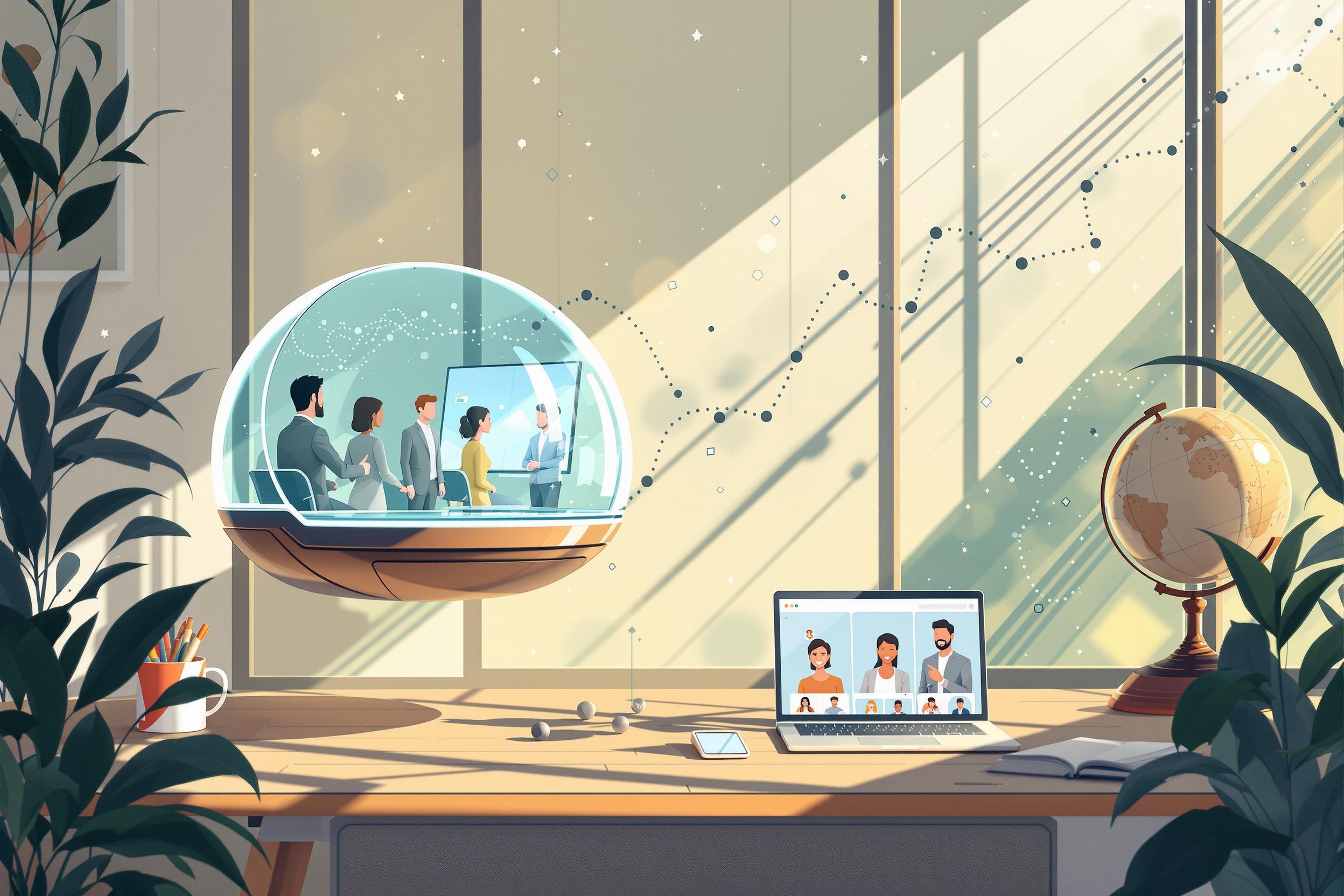
Hyperlapse
Hyperlapse is a video filming technique that creates smooth, fast-moving footage while the camera travels long distances. It's like time-lapse photography, but with camera movement. Think of it as a more advanced version of speeding up video - instead of a static camera position, the camera moves through space, creating dynamic shots perfect for showing journeys, construction progress, or city tours. This technique has become popular with the rise of Instagram's Hyperlapse app and other similar tools, making it a valuable skill for video professionals who want to create engaging content for social media, documentaries, or commercial projects.
Examples in Resumes
Created engaging social media content using Hyperlapse techniques for travel brand campaigns
Produced architectural showcase videos incorporating Hyperlapse and Time-lapse photography
Developed Hyperlapse video series highlighting city infrastructure developments
Typical job title: "Videographers"
Also try searching for:
Where to Find Videographers
Online Communities
Professional Networks
Learning Resources
Example Interview Questions
Senior Level Questions
Q: How would you plan and execute a complex hyperlapse project for a major client?
Expected Answer: Should discuss project planning, location scouting, equipment needs, stabilization techniques, and post-production workflow. Should also mention client communication and problem-solving strategies.
Q: What considerations do you take into account when creating hyperlapses for different platforms?
Expected Answer: Should explain how different social media platforms require different approaches, aspect ratios, and lengths. Should discuss how to maintain quality while meeting platform specifications.
Mid Level Questions
Q: What equipment do you use for creating stable hyperlapse footage?
Expected Answer: Should mention various stabilization methods like gimbals, slider rails, and software stabilization. Should demonstrate understanding of when to use each method.
Q: How do you handle challenging lighting conditions in hyperlapse photography?
Expected Answer: Should explain basic concepts of exposure adjustment, dealing with day-to-night transitions, and maintaining consistent look throughout the sequence.
Junior Level Questions
Q: What's the difference between a regular time-lapse and a hyperlapse?
Expected Answer: Should explain that time-lapse is shot from a fixed position while hyperlapse involves camera movement between shots, creating a moving time-lapse effect.
Q: What basic steps do you take to create a simple hyperlapse?
Expected Answer: Should describe the basic process of taking evenly spaced photos while moving, maintaining consistent framing, and basic post-production assembly.
Experience Level Indicators
Junior (0-2 years)
- Basic camera operation
- Simple hyperlapse creation
- Basic video editing
- Understanding of frame rates
Mid (2-4 years)
- Advanced stabilization techniques
- Complex editing and effects
- Project planning
- Client communication
Senior (4+ years)
- Advanced motion control systems
- Team leadership
- Complex project management
- High-end equipment expertise
Red Flags to Watch For
- No portfolio or sample work to show
- Lack of basic camera knowledge
- No understanding of movement and spacing consistency
- Poor knowledge of video editing software
Related Terms
Need more hiring wisdom? Check these out...

Navigating the Virtual Horizon: Rethinking Leadership Succession in a Remote-First World

Tiny Neighborhoods, Huge Impact: The Surprising Power of Hyper-Local SEO in Your Hiring Game

Beyond Borders: Mastering the Art of a Global Onboarding Calendar

